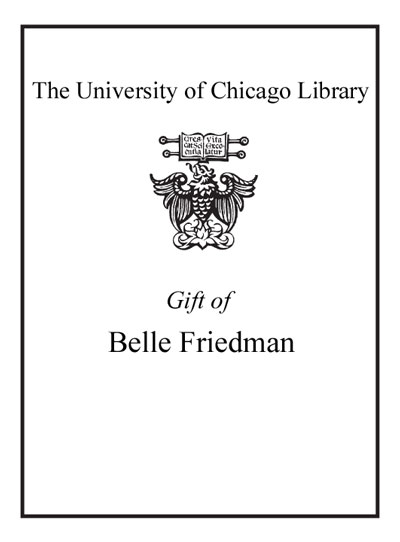| Summary: | "The chapters presented maintain the spirit of the colloquium that has its origin (held in October 2018, at the Universidade Federal de São Paulo - Unifesp) in this intergenerational dialogue. The texts were selected by the organizers of the papers presented at the colloquium. For one reason or another, not all of the texts were able to make it into all three volumes. Those that are published here intend to reproduce some of the dynamics of the debates and the intersections of ideas and reflections that took place at that event. Thus, we also present some texts that consist of comments on the published texts. This option aimed to ensure the richness of the dialogues sought and carried out." (HKB Translation) --Page [9]. The texts in the first volume show a multifaceted and complex colonial reality, moving away from reductionism about São Paulo's protagonism. The invited authors analyze the roles that indigenous populations played in the composition of São Paulo's history, the wars and conflicts in which the colonizers were involved in Portuguese and Spanish America, the contact networks, alliances and disputes in the Río de la Plata region and in Paraguay, the struggles of enslaved Africans for manumission and the exercise of political powers in the captaincy. Also discussed are the daily life of the village with a very heterogeneous social composition, the conflicts between the elite groups, the family arrangements and the search for new spaces of economic exploitation, the sugar plantations and their role in the interiorization of paths and borders. The plurality of themes and approaches contributes to deconstructing crystallized images about the colonial period of São Paulo that still insist on haunting us. The texts in the second volume seek to inspire new perspectives on the city and the complexity of its historical and social place, going beyond the guidelines of traditional historiography so linked to the bandeirante mythology as a central theme. The period covered goes from the 19th century to the beginning of the 20th century, of intense changes and conflicts in the city, struggles and resistances. The urban modifications desired by the elite aiming at the beautification of the capital and the segmentation of convivialities, the creation of residential neighborhoods, the rectification of rivers creating new spaces and driving away old visitors, the rails that bring new mobility and separate social spaces, are some of the topics addressed based on more recent research and new approaches.The third volume brings together the results of research on São Paulo carried out in recent decades on the Republican period, covering both cutting-edge analyses and the work of researchers who paved the way and consolidated interpretations, forming generations of scholars who are dedicated to the city. They range from analyses of the immigrants who arrived at the turn of the 19th to the 20th century to the study of the problems caused by the vertiginous civil construction of São Paulo, as well as texts on the importance of backyards in the city, magazines, the construction of Ibirapuera Park, Bixiga, and the narratives of Carolina Maria de Jesus and João Antônio. Critical ideas, relevant discussions, difficult topics: the book reveals the diversity and deep complexity of São Paulo.
|
|---|

